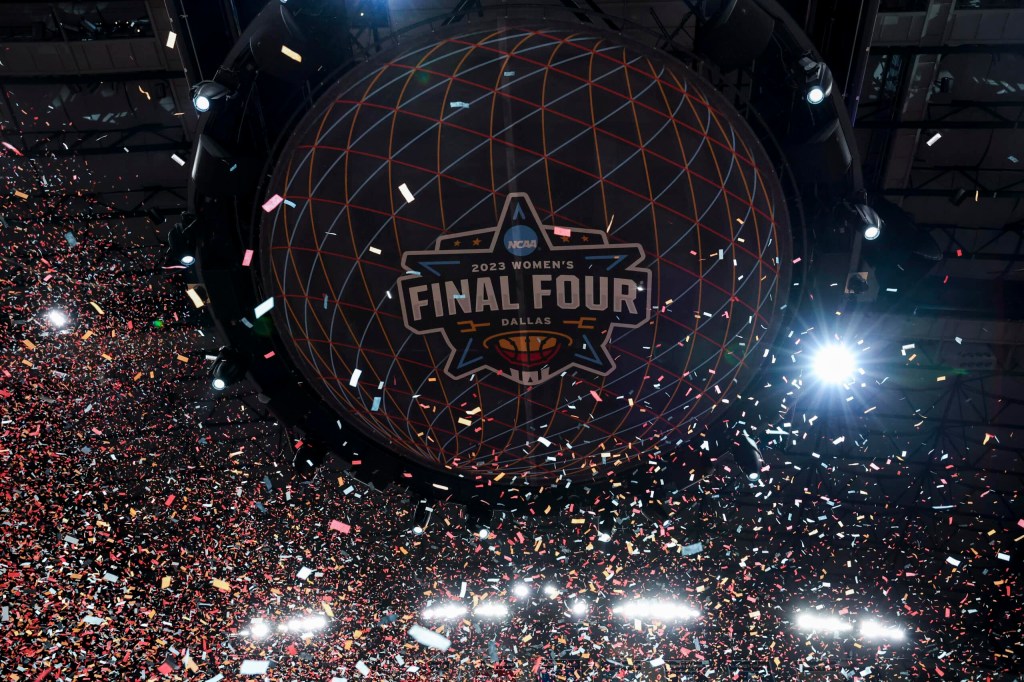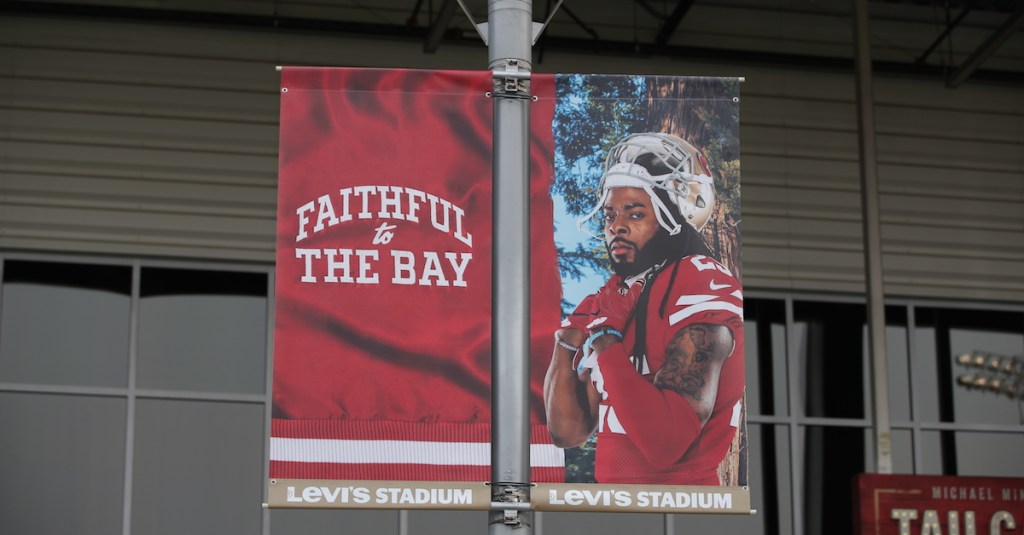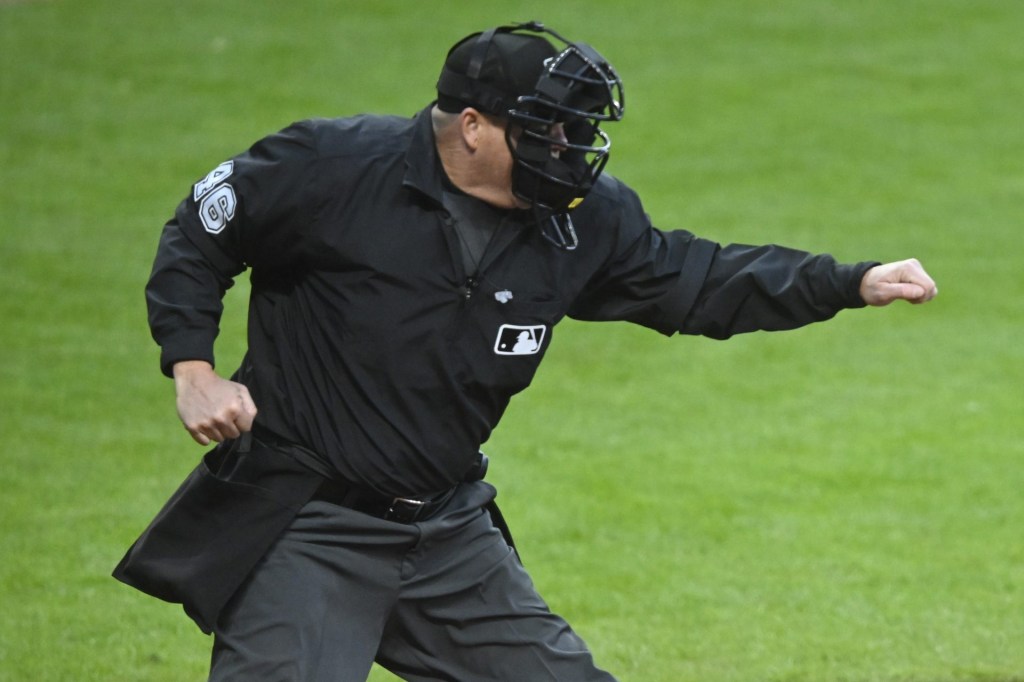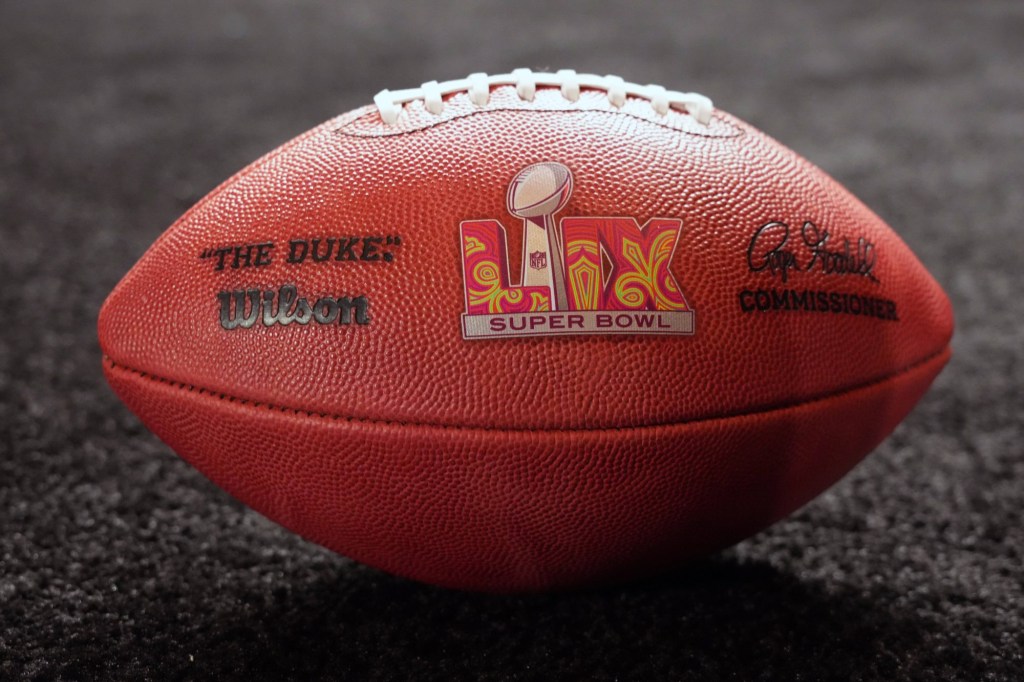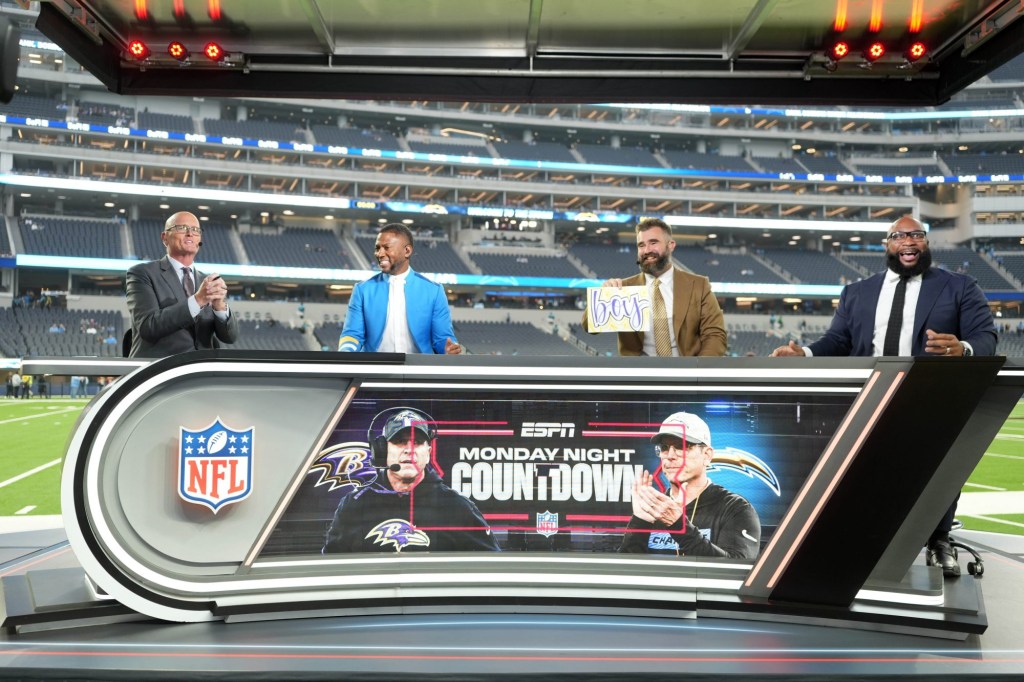With more sponsors looking for tangible activations, experiential marketing could be the storyline of 2018.

Why do fans enjoy attending sporting events? Is it the noise of the crowd during a closely contested game? Or perhaps it’s the thrill of watching with some of your closest friends and family? Maybe the popcorn really is that good or the giveaway item for that day was too good to pass up? These are, in fact, some of the many reasons that go into making a memorable fan experience.
Yet, this logic goes beyond the confines of a team’s stadium. These principles help make up the effectiveness of experiential marketing.
In the words of creativeguerrillamarketing.com, “Experiential marketing is about connecting consumers with brands through live face-to-face experiences, creating personal and relevant memories.”
Whether this is a freebie, such as a branded giveaway item/coupon or a more comprehensive experience that immerses a fan within the brand, a consumer wants to be a part of the experience. They want to be able to use as many of their five senses as possible.
According to Matt Manning, EVP of Global Marketing and Development for global lifestyle marketing agency MKTG, experiential marketing is all about the connections.
“To really connect a brand to their audience, we have found how critical the human-to-human experience is today. Today’s technology can be outdated within a year or so, and while digital and technology will always play an integral role within marketing strategies, people are gravitating towards interacting and we are seeing our clients’ brands respond to that in droves.”
Experiential marketing doesn’t have to be complex. Brands are looking to attach themselves to sports properties in order to tap into that authentic game experience. At the simplest level, brands are looking to evoke a reaction from the crowd. At the most thorough level, brands are looking to evoke an interaction from the crowd.
In-game promotions are a more modern way of engaging with fans. Sponsors who utilize a t-shirt toss or a “trigger promotion” (ex. If the team scores 5+ runs, fans will win one free burger presented by Company X) give up marketing collateral for the opportunity to draw more fans in.
While they sacrifice the short-term gain of offering free (or discounted) inventory, the hope is that consumer will look to purchase beyond what the promotion offers. Inventory doesn’t even have to be sacrificed to connect with fans. Even something as simple as tabling in front of a team’s stadium is a great way to utilize a genuine connection with fans.
“The event is no longer a stand-along experience. By employing different marketing tactics leveraging experiences, social and digital, the evnet is seamlessly being woven into the fabric of how brands activate when marketing to their consumers,” says Manning.
There is still an immense value in traditional sponsorship strategies such as stadium signage and naming rights, yet the trend has started to shift even more towards increased emphasis on interactive marketing with the fans.
For instance, many companies are active in sponsoring certain “wow” moments.
This could be anything ranging from kids accompanying soccer players walking out to the field to meet-and-greets with players. For sports, it’s everything that non-sports activations can’t provide.
As Manning puts it, “The word experiential is thrown around. Everything can be an experience. From my point of view, people’s reaction to and engagement with things is what experiential is all about.”
Experiential marketing allows for companies to track the amount of direct impressions that they receive.
It is one of the few methods of marketing where one can directly quantify the relationship between the investment (into the sports organization) and the ROI received (the number of long-term customers that are made due to a brand’s marketing efforts).
Much of this has to do with the increased investment in the younger generations. According to a 2014 study from Creative Guerrilla Marketing, “78 percent of millennials are more inclined to become part of a brand if they have that face-to-face interaction.” With the same study estimating that, “Gen Y’s consumer spending will top 100-billion dollars by next year [2015],” it’s no wonder that much of the direct marketing efforts are made towards the demographic that is newer to the experience.
They are the ones who have not been raised in the traditional setting of going to a venue, without the pomp and thrills, and simply focusing on the game at hand. Rather, they need a more direct connection to capture their attention.
The focus, of course is on the fans.
“People’s ability to sniff out fakeness is much higher now than it was in the past,” says Manning. “It’s now about omni-channel marketing and tweaking the strategy and tactics based on the client and target consumer. Consumers nowadays are much savvier and understand marketing and how they are marketed to. Agencies that are successful are creating those conversations with people on behalf of their clients. They are humanizing the client’s brand in almost a slightly vulnerable, empathetic way. They are not preaching to consumers. Rather, they are relating to them and engaging with them in ways that improve their lives and experiences.”
Brands want to do whatever they can to integrate marketing efforts directly into fans. Much of it relies on whether they are willing to go the extra mile in the pursuit of being unconventional.
If they utilize the aspects of sports that dip directly into the consumer’s emotions and senses, it will go a long way towards establishing a genuine connection between the fan and the brand.
This piece has been presented to you by SMU’s Master of Science in Sport Management.
Front Office Sports is a leading multi-platform publication and industry resource that covers the intersection of business and sports.
Want to learn more, or have a story featured about you or your organization? Contact us today.


